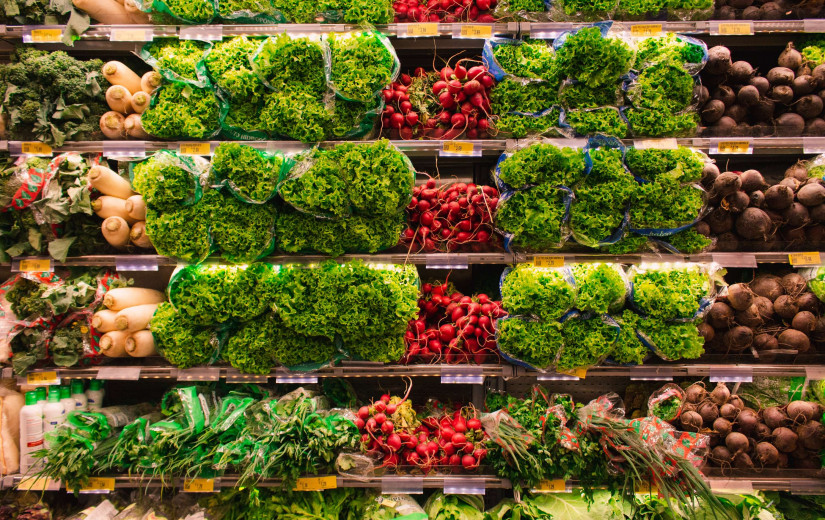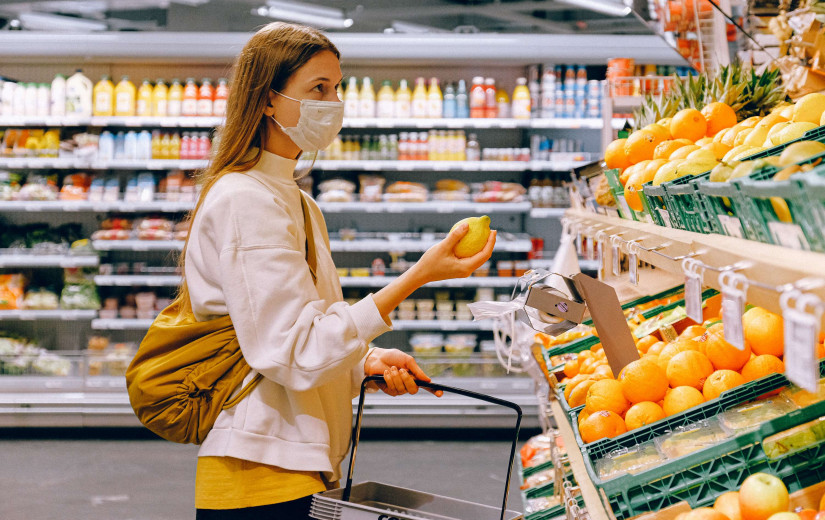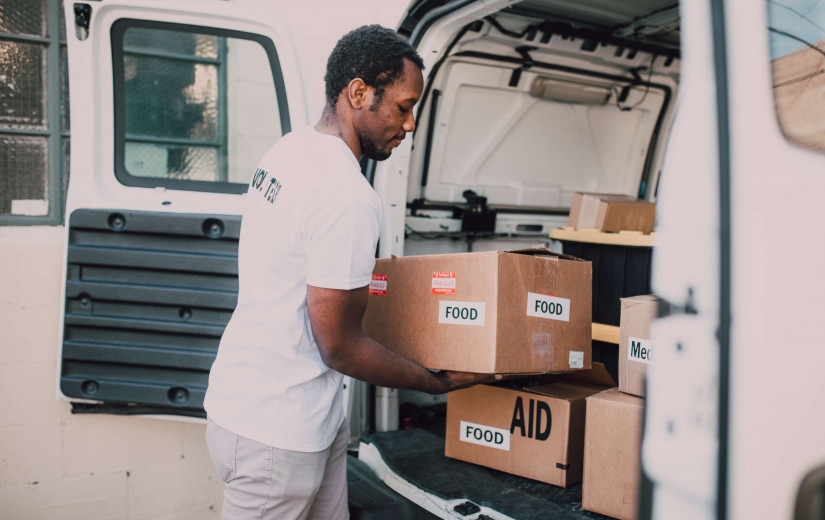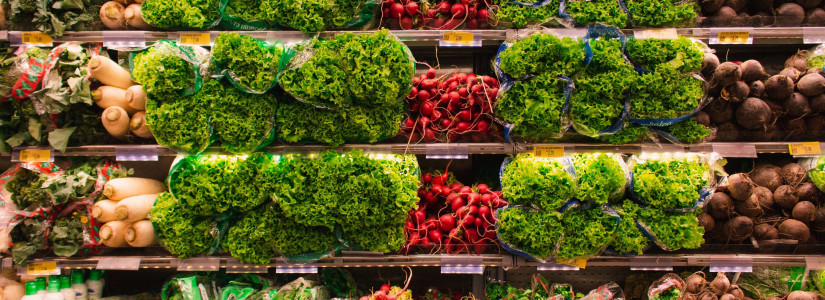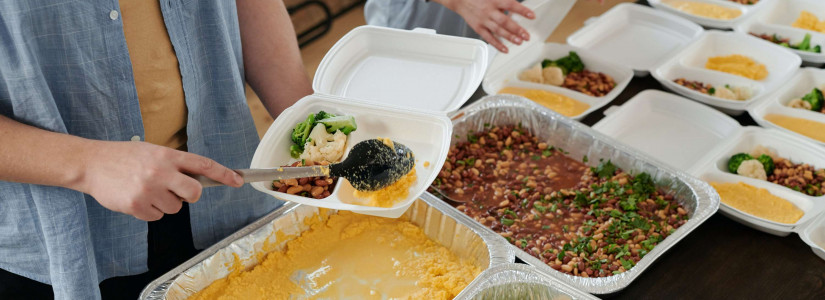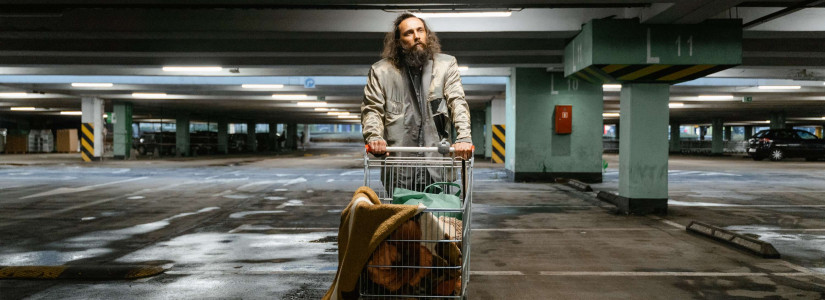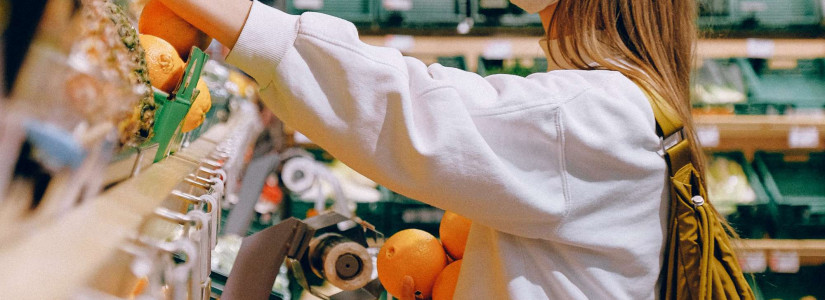Food Stamps from The COVID Era Are Being Phased Out for Roughly 30 Million Americans
As the expense of life in the United States has risen, federal subsidies to help individuals pay for necessities have been phased out one by one. Emergency funding for a food assistance scheme that serves 30 million Americans in 32 states is next on the chopping board.
Enhanced SNAP benefits will stop in February, indicating that families and people will receive at least $95 less every month, with some receiving cuts of $250 or more. As per the Center on Budget and Policy Priorities, households with children will lose an additional $223 per month on average. As of February, New Jersey is the sole state with plans to supplement benefits for citizens as the government program came to an end.
Low-income individuals and households receive monetary benefits through SNAP, which are put onto a card that can be used to purchase food at approved shops. The cutbacks will take effect as inflation keeps driving up food costs in the United States to new highs. Despite indications that inflation is at its peak, food costs in January were up 10.1% from last year at the same time. For the first time in history, a dozen eggs today cost more than one pound of minced beef.
Throughout the last one and a half years, Americans have gradually lost access to pandemic-era benefits. Extended children tax credits were eliminated several months after expanded unemployment benefits were terminated. Last autumn, universal free school food was phased out. Beginning this month, families getting benefits through the WIC program will no longer be able to use waivers to purchase infant formula from manufacturers other than the one with which their state has a contract.
All of this has struck low-income Americans, who depend the most on government assistance, especially hard, just as the price of almost everything has risen in the last year.
"There aren't any more corners to cut," said Cee Williams, 45, of New York, whose SNAP payments will be reduced.
According to the adviser and graduate student, the $260 per month she received from the program helped cover food so she could cover her medical costs. In February, she received an automated text message from her benefits supervisor advising her to anticipate less next month. She continues to wait for more information on exactly how much less money she will receive.
"Honestly, I'm simply going to take less food," she explained.
During the early stages of the pandemic, a government monetary bounty served to ease economic disparity in the United States. According to a 2022 study, emergency allotments maintained 4.2 million individuals above the poverty level in the fourth quarter of 2021, reducing poverty by 10%. The declines were greatest among Latino and black Americans, both of whom already have greater rates of food insecurity. Because of regular payments to families, nearly 4 million children have been pulled out of poverty.
Poverty and food instability has returned as the government boost has faded. According to US Census Bureau data, 11.2% of people said they didn't have enough to consume often or sometimes in January, contrasted with almost 10 % in April 2020. Separate figures via the Urban Institute predict that approximately one in every five US people experienced food scarcity in the course of 2022, when inflation surged, returning to the share recorded during the pandemic's early days.
Enhanced SNAP benefits have already ended in 18 states, providing a preview of what is to come nationally. Propel, a software firm that polls SNAP users on a monthly basis discovered that those residing in states that did not have the additional benefits were more likely to miss meals, consume less, or depend on others to get food than those who did. According to a January poll of 4,100 SNAP users across the nation, 23% had gone to a food bank, and 29% missed meals in the previous month, both of which were up from December.
Additional funds spent on food means less money for other necessities, which can be especially difficult for children, the handicapped, and the aged.
"It's not just the money for sustenance. Now they're going to take it out of their medication money, or their heating, or their utility expenses," said Beth Shapiro, a director at Citymeals on Wheels, a charity that distributes meals to senior New Yorkers. "It becomes a serious health problem."






